Somnath Rakshit
Deep Stock Predictions
Jun 08, 2020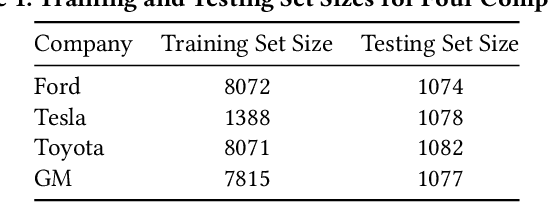
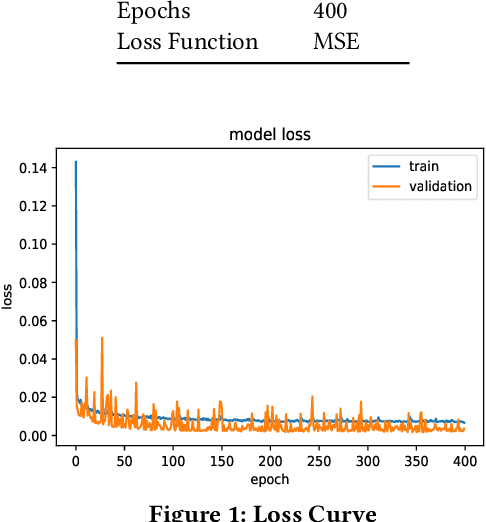


Abstract:Forecasting stock prices can be interpreted as a time series prediction problem, for which Long Short Term Memory (LSTM) neural networks are often used due to their architecture specifically built to solve such problems. In this paper, we consider the design of a trading strategy that performs portfolio optimization using the LSTM stock price prediction for four different companies. We then customize the loss function used to train the LSTM to increase the profit earned. Moreover, we propose a data driven approach for optimal selection of window length and multi-step prediction length, and consider the addition of analyst calls as technical indicators to a multi-stack Bidirectional LSTM strengthened by the addition of Attention units. We find the LSTM model with the customized loss function to have an improved performance in the training bot over a regressive baseline such as ARIMA, while the addition of analyst call does improve the performance for certain datasets.
Relevance Prediction from Eye-movements Using Semi-interpretable Convolutional Neural Networks
Jan 15, 2020
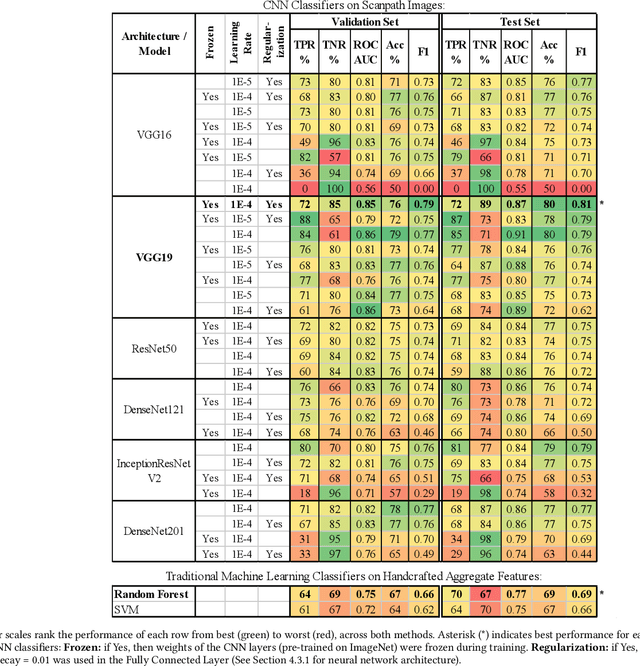
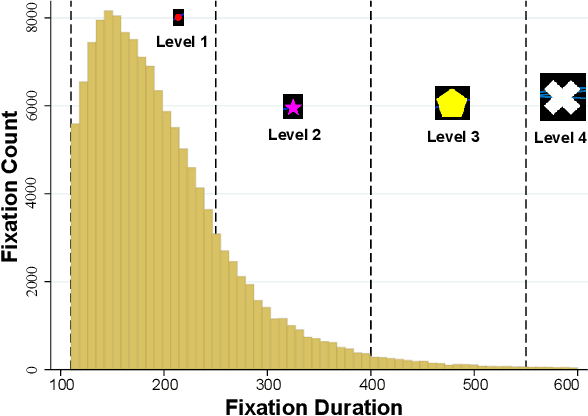
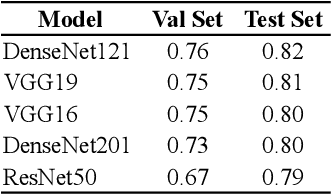
Abstract:We propose an image-classification method to predict the perceived-relevance of text documents from eye-movements. An eye-tracking study was conducted where participants read short news articles, and rated them as relevant or irrelevant for answering a trigger question. We encode participants' eye-movement scanpaths as images, and then train a convolutional neural network classifier using these scanpath images. The trained classifier is used to predict participants' perceived-relevance of news articles from the corresponding scanpath images. This method is content-independent, as the classifier does not require knowledge of the screen-content, or the user's information-task. Even with little data, the image classifier can predict perceived-relevance with up to 80% accuracy. When compared to similar eye-tracking studies from the literature, this scanpath image classification method outperforms previously reported metrics by appreciable margins. We also attempt to interpret how the image classifier differentiates between scanpaths on relevant and irrelevant documents.
Identifying Land Patterns from Satellite Imagery in Amazon Rainforest using Deep Learning
Sep 02, 2018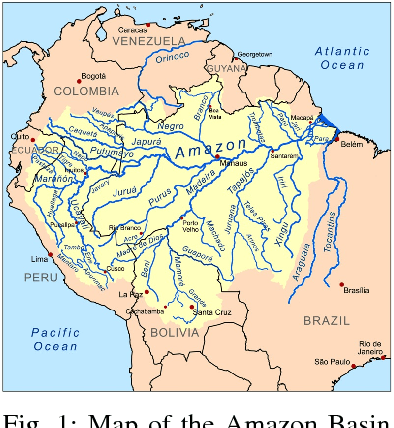
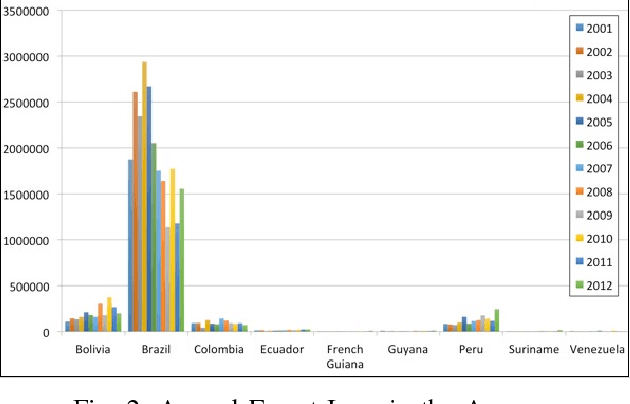
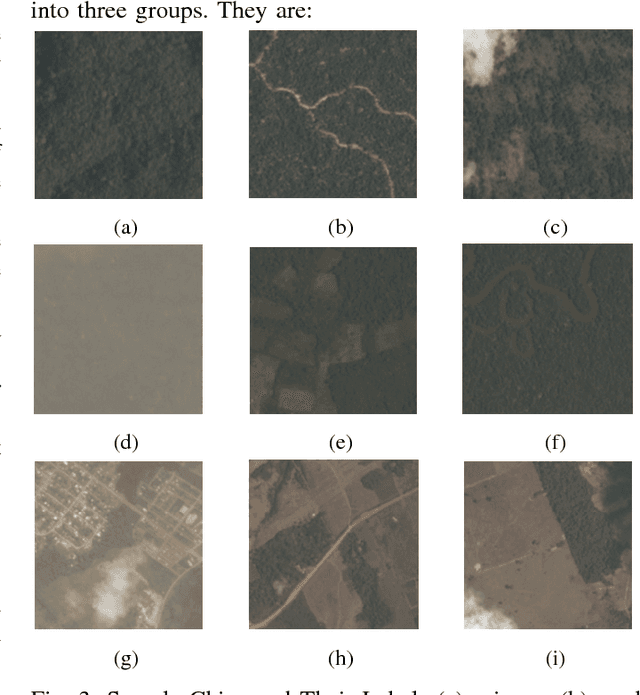
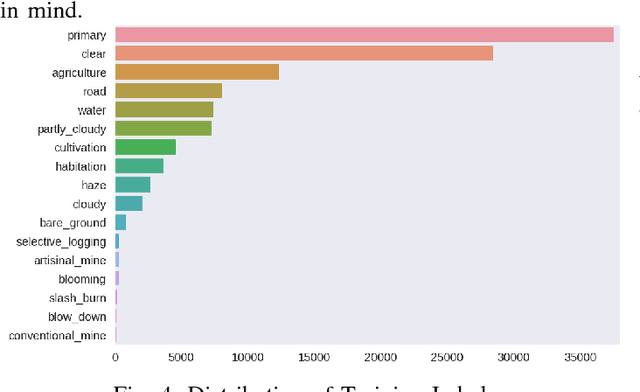
Abstract:The Amazon rainforests have been suffering widespread damage, both via natural and artificial means. Every minute, it is estimated that the world loses forest cover the size of 48 football fields. Deforestation in the Amazon rainforest has led to drastically reduced biodiversity, loss of habitat, climate change, and other biological losses. In this respect, it has become essential to track how the nature of these forests change over time. Image classification using deep learning can help speed up this process by removing the manual task of classifying each image. Here, it is shown how convolutional neural networks can be used to track changes in land patterns in the Amazon rainforests. In this work, a testing accuracy of 96.71% was obtained. This can help governments and other agencies to track changes in land patterns more effectively and accurately.
 Add to Chrome
Add to Chrome Add to Firefox
Add to Firefox Add to Edge
Add to Edge